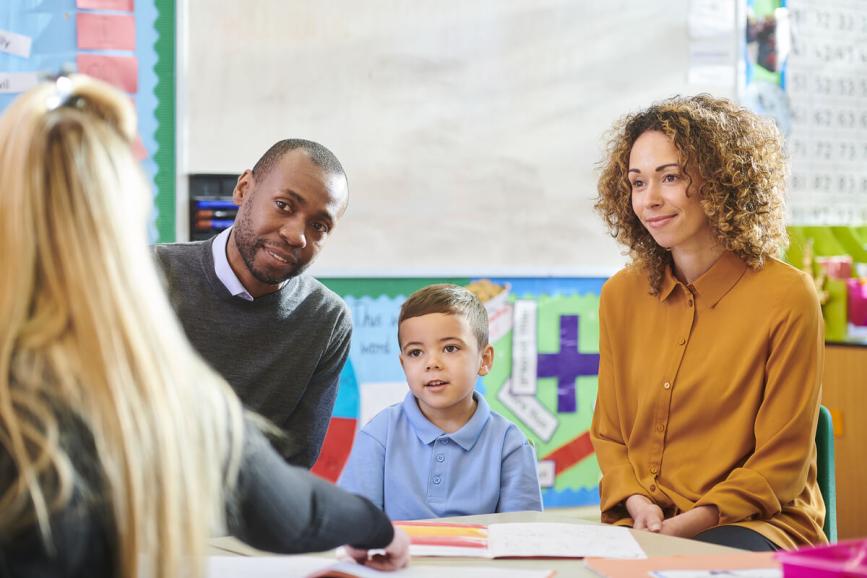What is Dyslexia?
Dyslexia is a learning difference that impacts an individual's ability to read, write, and spell despite receiving adequate instruction and having average or above-average intelligence. It is a lifelong journey that primarily impacts language processing skills, particularly in the areas of reading and spelling.
Dyslexia can manifest differently in each person, but it often involves difficulties with reading, spelling, and writing.

Did you know that your ability to read is not an indicator of your intelligence? Many dyslexics have average or above-average IQ and are gifted in visuospatial processing. At Really Great Reading, we believe that all children have the right to learn to read and it is imperative to have the appropriate type of explicit, systematic, engaging, multisensory, and developmentally appropriate instruction in phonology, sound-symbol association, syllable instruction, morphology, syntax, and semantics.
Individuals with dyslexia may struggle with decoding words, recognizing common sight words, and reading fluently. They might read slowly and inaccurately and may have difficulty connecting the sounds of letters to their corresponding symbols (phonics).
Dyslexia often leads to spelling difficulties, including frequent misspellings, letter reversals (e.g., writing "b" instead of "d"), and difficulty remembering the correct sequence of letters in words.
Expressive writing can be challenging for individuals with dyslexia due to difficulties with spelling, grammar, and organization of thoughts.
Instead, it is believed to result from differences in the way the brain processes language and the phonological structure of words. These differences can make it challenging for individuals with dyslexia to develop strong reading and writing skills using conventional teaching methods.
It's important to note that dyslexia exists on a spectrum, and its severity can vary from mild to severe. Some individuals may receive a diagnosis early in childhood, while others may not be diagnosed until later in life.
Structured literacy programs and the use of assistive technology, can significantly improve the reading and writing abilities of individuals with dyslexia. Our complimentary Diagnostic Decoding Surveys are an easy and efficient way to detect when students are having word-level reading difficulties and pinpoint their specific decoding weaknesses.
With proper support, many individuals with dyslexia can develop effective coping strategies and achieve high levels of academic and professional success.

